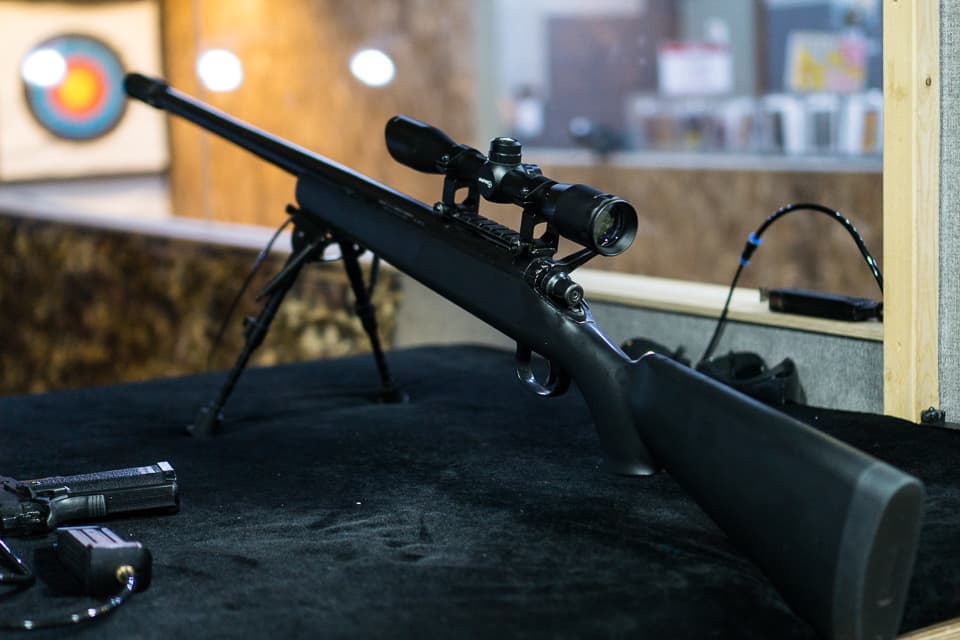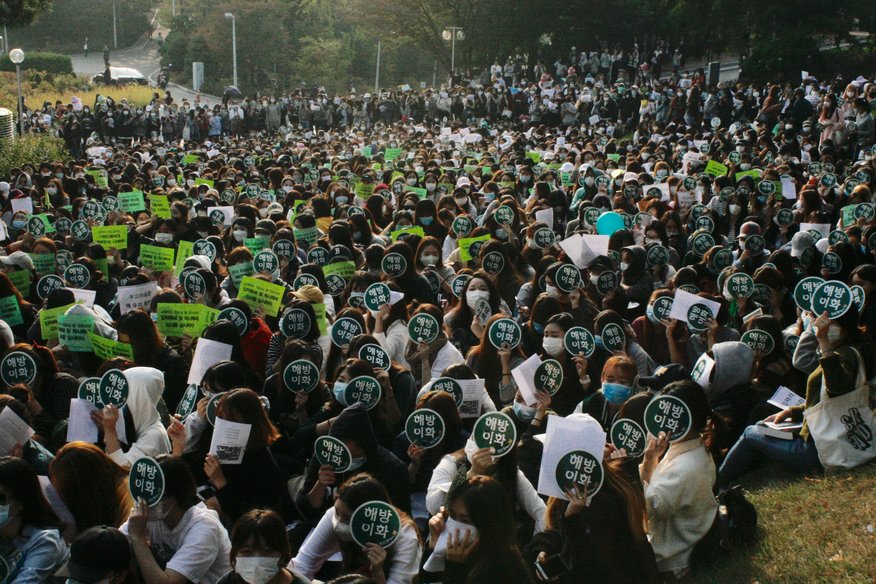
How South Korea Got Rid of Its Gun Problem
In the aftermath of yet another mass shooting in the United States, international and domestic media have published articles touting South Korea as a model of gun regulation. But contrary to popular belief, freedom from gun violence is a relatively new development in the country.
It’s true that South Korea is a good place to visit these days if you’re trying to avoid guns. According to the Korean National Police Agency (KNPA), there were just five gun homicides in 2016, while the latest available figure for gun homicides per 100,000 people was 0.00 (statistically negligible), as compared to 3.7 in the United States.
This has not always been the case.
South Korea’s gun regulations came in the wake of three decades of gun violence. The country’s National Forensic Service writes of its work in the 1950s, “At this time, since firearms had not yet been collected after the end of the [Korean] war, civilian murders by gun occurred frequently, and analysis work associated with them was increasing.”
News articles from the 1950s and 60s often reported civilian gun violence throughout the country. One headline from Oct. 1965 reads “Armed Violence Increases Further in October.”
Articles in the 70s and 80s reported on gun-related accidents or violence within the military or police. In 1973, a soldier by the name of Lee Jae-su escaped his barracks and killed eight people while in pursuit of his ex-girlfriend. 1978 was the only year in the 70s without reported mass shootings or gun violence in South Korea.
Strict gun regulations and state-led gun confiscations in the 1970s soon led to a decrease in civilian gun violence, and by the 1990s the discourse on guns in South Korean media had shifted to ways to reform the trigger-happy police force.
Gun ownership in South Korea is regulated by the Act on the Safety Management of Guns, Swords, Explosives, etc, which requires that all private guns be stored at local police stations and that all owners receive and regularly renew gun permits.
These regulations have proved highly effective. In 2016, the KNPA revealed that crimes involving firearms and imitation firearms accounted for 5 out of 909 murders (0.55 percent), 5 out of 1,168 robberies (0.42 percent), and 62 out of 271,048 assaults (0.02 percent).
USA Today wrote on Feb. 19 that South Korea had “about 510,000 registered guns,” without providing a data source. Clinical psychologist Michael Anestis quoted the same number in his book Guns and Suicide: An American Epidemic, citing gunpolicy.org for providing this number, which in turn cites the Small Arms Survey report.
The survey states that approximately 300,000 guns are registered in South Korea, and that the remaining 210,000 is the estimated number of unregistered guns. The numbers from this survey are attributed to a Jan. 2007 article in the Korea Times. They are inaccurate and out-of-date.
The KNPA regulates and releases information on private guns every year. All firearms require a license to be owned privately, and permits are given by the Firearms and Explosives Safety Management System (FESM), a branch of the KNPA.
In 2007, the number of registered private guns in South Korea was approximately 265,000. In 2016, the number was 138,751. The number of private guns in South Korea has decreased annually since 2007 at rates of 3 to 11 percent. The largest decline came in air guns, which went from 153,517 in 2009 to 84,414 in 2016. This means there are about 27 guns per 10,000 people, which is meager compared to the United States’ 8,900 per 10,000.
Kim Young-dae of the KNPA told Korea Exposé, “All guns must be stored at the local police station, and all permits require extensive background checks… including documents to prove legitimate reasons for gun ownership, and physical and psychiatric assessments.”
Kim attributes the decline of guns in South Korea to these stringent regulations, while a report from the KNPA itself cites “diversifying interests” that have made seasonal hunting—a common use of air guns—increasingly unpopular.
Illegal guns are also not a major threat. In 2017, Korea Customs Service (KCS) released a report on firearms confiscated across major airports and ports from 2012 to 2016. 105 firearms and 954 imitation firearms had been confiscated in five years.
Kim Cheon-wan of the KCS told Korea Exposé that many people simply don’t realize they need a permit, and that the KCS returns their guns if they come back with one. If owners do not return with a license, KCS hands their confiscated weapons over the police for disposal.
South Korea was once reeling from the effects of a bloody civil war, an abundance of illicit guns, and discontented soldiers serving under a dictatorial regime which had an interest in limiting civilian gun ownership. Nowadays, the chances of encountering gun-related violence in the country are extremely low. Yet it is wrong to say that South Korea is completely free from gun violence. Mass shootings can still happen within the military, as they did in 2011 and 2015.
Cover image: An imitation rifle at a BB gun shooting range in Seoul (Ho Kyeong Jang/Korea Exposé)

